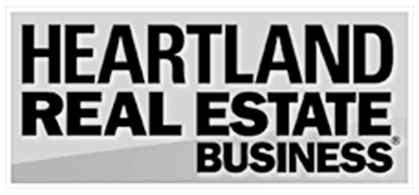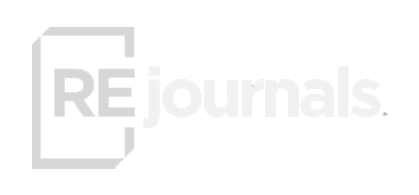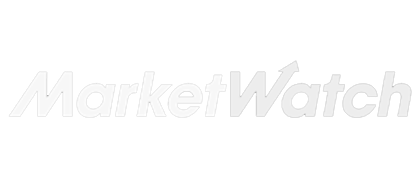- Nearly 100% Occupancy with Strong Revenues
- Proven 9%+ Loss to Lease Can Easily be Captured
- Utility Reimbursement Value-Add & Utility Expense Reduction
- Significant Capital Invested into the Portfolio
- Proven Interior Renovation Value-Add
- Value-Add via Additional Amenities & Curb Appeal Enhancements
- Attractive Unit Mix
- Near Diverse Economic Drivers in Leading Market for Rent Growth
Nearly 100% Occupancy with Strong Revenues
Chateau Portfolio boasts an occupancy of 99%, outperforming the submarket, which has an average vacancy rate of 5%. This high occupancy suggests that the rents are below market value, attracting more tenants and reducing vacancy. This presents an opportunity for new ownership to increase revenue with no capital expenditure by gradually raising rents to align more closely with the market rates.
Proven 9%+ Loss to Lease Can Easily Be Captured
The current average effective rent of $883 can easily be increased to the average market rent of $970 by simply capturing the loss to lease. This equates to an $87 or ~9% rent increase that can be captured without spending additional capital on the unit interiors. This has been proven at the asset level; the portfolio is consistently achieving market rents on 12% of leases!
Utility Reimbursement Value-Add & Utility Expense Reduction
Current ownership has been gradually implementing a utility structure, charging $50 for 1-bedroom units and $60 for 2- and 3-bedroom units. New ownership can not only continue to phase in this program but also increase the monthly charge to $60 for 1-bedroom units, $70 for 2-bedroom units, and $80 for 3-bedroom units. This adjustment will boost the total annual income for this line item to $113k from the $68k recorded on the T-12, resulting in a $44,256 or 64% increase in total utility reimbursement revenue!
By investing approximately $96,820 in low-flow fixtures across both assets, which aim to lower water, sewer, and electric expenses, the overall utility cost is projected to be reduced by $42,885 or ~23% annually. This initial cost is expected to be recouped in about two years, generating an attractive unlevered return on investment (ROI) on the invested capital. The implementation is quick and has no impact on residents, while also yielding positive environmental benefits. Please see the doc center for additional details on this analysis!
